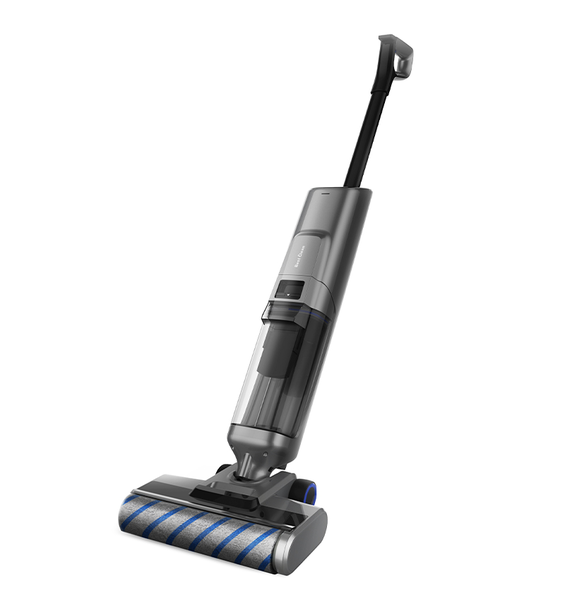In general, most wet and dry cordless vacuums are designed to handle either wet or dry debris, but not both at the same time. There are several reasons for this limitation:
Separate Collection Systems: Wet and dry vacuums typically use different compartments or tanks for collecting wet and dry debris. Dry debris (like dust, dirt, and pet hair) is usually stored in a dry dustbin, while wet debris (such as spills or liquid) is collected in a separate water tank. The separation ensures that the vacuum can efficiently handle each type of debris without mixing or clogging the system.
Filtration Considerations: The filtration systems for wet and dry vacuums are often tailored to specific types of debris. For dry debris, the vacuum may rely on a fine dust filter (like a HEPA filter), while wet debris requires a water-based or moisture-resistant filter. If both types of debris were collected simultaneously, it could lead to clogging or inefficient filtration, which would negatively impact performance.

Suction Adjustments: Wet and dry vacuums may also adjust the suction power depending on the type of debris being cleaned. For instance, dry debris may require more suction to effectively pick up fine particles, while wet debris may require a lower suction power to avoid splashing or overflowing. Switching between these two types of suction is typically done manually or automatically, so handling both types of debris at once is not feasible with most models.
Waterproofing and Damage Prevention: The components of a vacuum that handle wet debris (such as the motor and internal mechanisms) are often designed to be water-resistant or waterproof. Mixing wet and dry debris could lead to moisture getting into parts that should remain dry, potentially causing damage to the motor or electronics.
What Some Models Offer:
While it's rare to find a wet and dry cordless vacuum that can handle both types of debris at the same time, some vacuums feature multi-mode cleaning, where the user can switch between wet and dry modes seamlessly. In these models:
Dry mode is ideal for dust, dirt, and other dry particles.
Wet mode is best for cleaning up liquid spills or damp surfaces.
Some vacuums also allow users to alternate between dry and wet cleaning without needing to manually switch containers, but they still handle one type of debris at a time.


 中文简体
中文简体

















